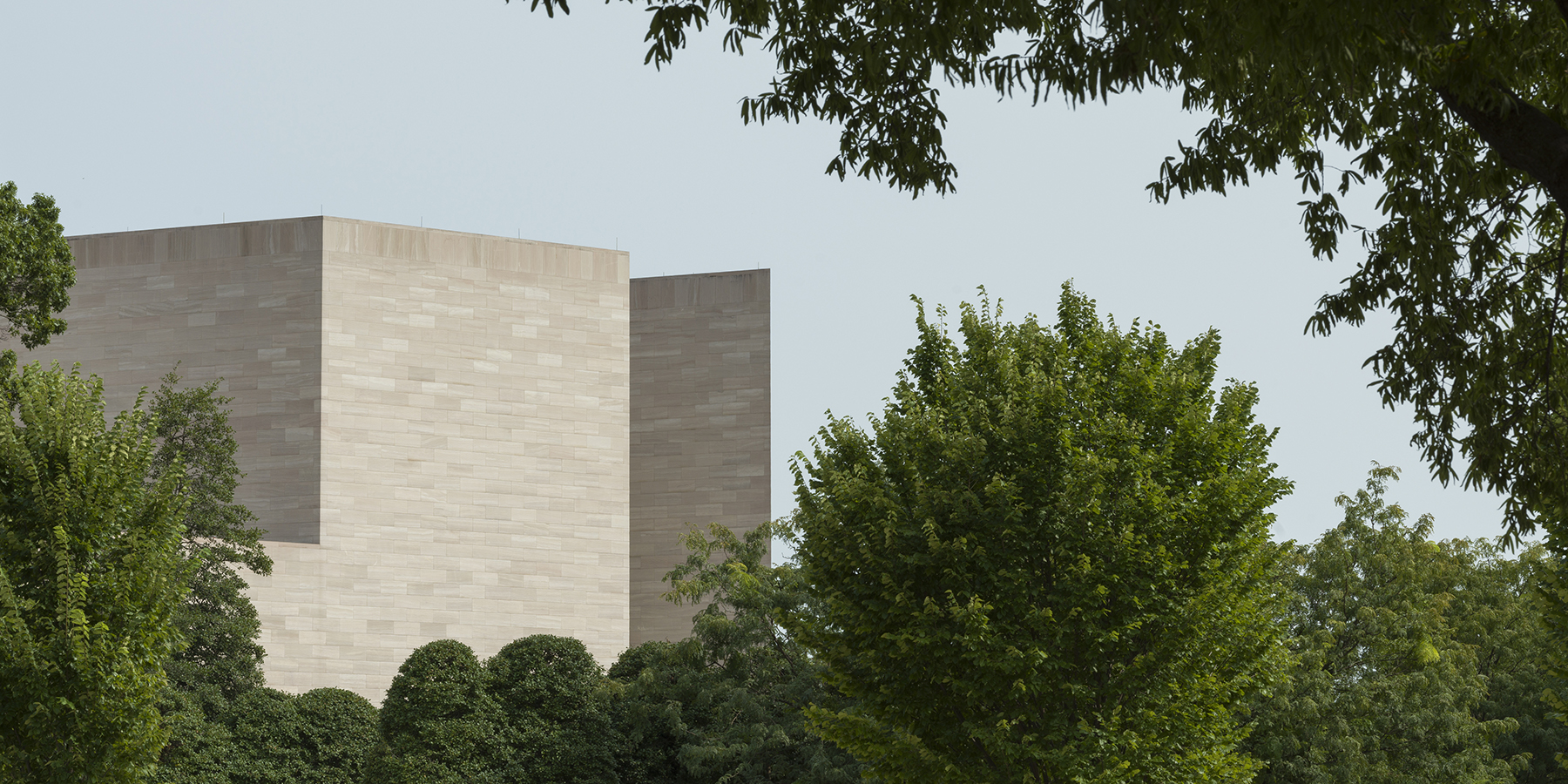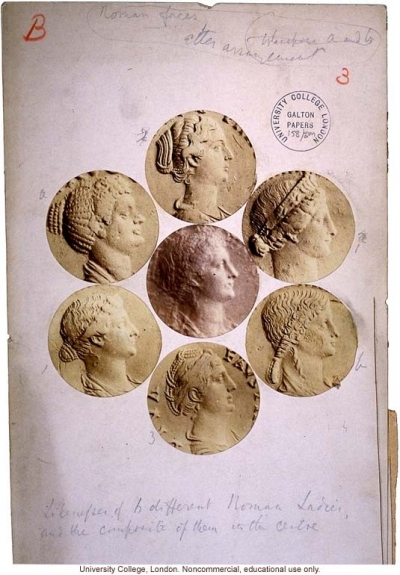What would it be like to look at the face of a person who lived 2,000 years ago? To gaze upon not a likeness, a mere representation in stone or paint or metal, but an actual person? This is, strictly speaking, impossible. But it is the tantalizing promise of the Roman death mask cast directly from nature, a resemblance guaranteed through the technical procedures of molding and casting. The evidentiary status of the mask is predicated on this indexicality—that is, for the way it appears to bracket human intervention from the equation, obtaining a glimpse of the “really real” through the physical contingency of a plastic material (plaster, clay, and the resultant cast in wax) coming into contact with the sensuous topography of flesh. Amazingly, such artifacts do in fact survive from the ancient world.
Using the case of the Roman death mask as a material and conceptual point of departure, my book project offers a new approach to the study of Roman portraiture. By excavating the media-archaeological contexts of these portraits—one that adopts a stereoscopic perspective that jointly examines their ancient and modern frameworks—I shed new light not only on the question of medium as a material support, such as marble or paint, but also in the symbolic operations through which information is processed, stored, and transmitted between one medium and another.
Beginning with a critical reexamination of the evidence for the very first death masks to have been discovered in 1860s France, the book’s first chapter reveals how metaphors of impression linking both photography and the casting process have deeply informed our understanding of these artifacts. Despite the intrinsic allure of these fragmentary, hollow molds as trace evidence of the chaîne opératoire in the production of portraits, scholars have tended to focus on the modern casts in terms of what they can tell us about the style of completed portraits in other media, such as marble or bronze. The plaster mold itself has a dubious artistic, ontological, and even historical status that lies on the knife’s edge between artifact and natural object.
For nearly a century, the style of Roman Republican portraiture—its vivid, even excessive depiction of old age through formal elements of facial physiognomy, such as furrowed brows, crow’s-feet, deep nasolabial folds, pronounced cheekbones, and sagging jowls—has been termed “veristic.” While scholars routinely draw attention to their visual construction of truth, I reveal the historical emergence of this stylistic category in the shadow of modernism. More than a simple episode in the history of the discipline, I show the origins of this category, one that has had enormous, if unspoken, consequences for the way in which we talk about a body of portrait art, even and perhaps especially when we think that we are only talking about the ancient past.
For decades, specialists of Roman portraiture have become deeply habituated to following a set of basic yet highly formalized procedures developed by German classical archaeologists for the dating and identification of Roman portraits. The goal of this essentially forensic enterprise is to provide a system that can objectively identify points of similarity—the stylistic units developed in the connoisseurship model of Giovanni Morelli—in a diffuse “data-set” that includes both portraits that have been known since the Renaissance and those that come from secure archaeological findspots. In this chapter, I explore a case study of so-called Bildnisklitterungen, or blended portrait types, to investigate two interrelated issues: first, how this strategy employs certain anthropometric, eugenic, and criminological techniques of control and classification, such as Francis Galton’s composite photographic images using portraits from ancient coins; and second, to reflect on recent arguments about the utility of connoisseurship in Roman art in the absence of external archaeological evidence.
The book concludes with a chapter on the documentary photography of Roman portraiture since the 1970s, which builds on recent art-historical literature on the photography of sculpture more generally. Much of this scholarship begins with a sustained reflection on a classic essay by Heinrich Wölfflin, whose prescriptive ideas hardly amount to a quaint period in the history of photography, but rather continue to hold sway, often quite explicitly, in terms of defining the criteria for what constitute valid arguments in the discipline.
Stanford University
Samuel H. Kress Senior Fellow, spring 2021
Patrick R. Crowley will return to his position as associate curator of European art at the Cantor Arts Center at Stanford University.

